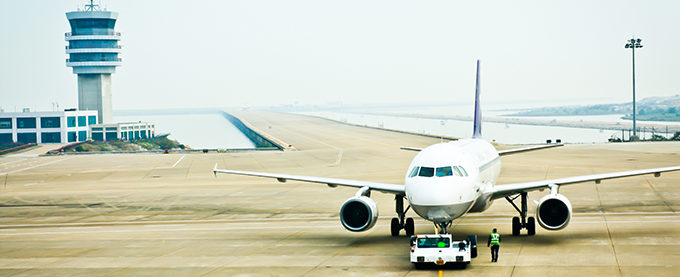In December 2011, EASA published Notice of Proposed Amendment (NPA) 2011-20 containing draft rules for the certification, management, operation and design of aerodromes. Only airports open for commercial air transport with at least one paved runway of 800 metres or more are addressed in these proposals. In preparing the regulatory material contained in the NPA, EASA sought to achieve the greatest congruence with Modern Aerodrome Rules for Europe ICAO’s Annex 14 and its related documents in order to allow for continuity and avoid disruptions. The rule structure All the Implementing Rules (IR) on aerodrome safety addressing the authorities and aerodrome operator organisations will be placed in three Annexes to a future Commission Regulation on the subject.
Related to these annexes, although independent, are two books with the Community Specifications (CS) and the guidance material (GM) for aerodrome design.
They contain the greatest part of the transposed ICAO Annex 14. The rules in these annexes are binding, while the CS can be deviated from under certain conditions. For this, EASA is proposing a set of proportionate and flexible provisions and it is best understood by explaining the concept of the aerodrome certification basis.
Customised compliance without safety compromise
One of the cornerstones of the new regulatory concept is the possibility for customised compliance.
This will be achieved through the use of an individual aerodrome Certification Basis (CB). The CB is the means to establish an aerodrome’s compliance using the CS that are considered applicable to it, depending on the aerodrome’s type and operations. It is a description of an aerodrome facility’s design and infrastructure in terms of the CS that it complies with.
The key innovation provided by this concept is that it gives the applicant the flexibility to also use its own specifications if so required, provided that they have been found to comply with the Essential Requirements (ER) of the EASA Basic Regulation and provide an equivalent level of safety (ELOS) to the one attained by relevant CS.
Additionally the concept of the Special Condition (SC) refers to any restrictions or obligations that the National Aviation Authority (NAA) may prescribe due to the airport not meeting the applicable CSs when these are inappropriate or inadequate.
As the other cornerstone of regulatory oversight and after the CB is established, the Aerodrome Manual and aerodrome inspections are used to assess the aerodrome operator’s ability to meet the requirements of the BR, meaning the ERs and the IRs. For the latter, the Agency is providing Acceptable Means of Compliance (AMC), which, if followed are one way to demonstrate compliance. The operator may suggest alternative means of compliance which the NAA might accept. The NAA will issue the certificate when it is satisfied with these two aspects (CB and Aerodrome Manual) above and it has found that the aerodrome has no features or characteristics making it unsafe for operation.
Under this risk-based approach, limitations which otherwise seem to be embedded in the traditional aerodrome certification ‘pass-fail’ approach may be overcome using mitigation measures, without compromising the desired safety level.
The above process can be found in the interrelated rules for the competent authority (Annex 1) and the operator organisation (Annex 2) in the NPA. It will be suggested by EASA to give the European NAAs 48 months to convert the existing certificates into European ones and to certify aerodromes which previously did not have a certificate. Furthermore, the Agency proposes to give the NAAs the possibility to accept pre-existing deviations in the airport infrastructure on a limited and controlled basis. A mechanism for easing the conversion of existing certificates is also foreseen. Modern aerodrome rules EASA’s aerodrome rulemaking team took great care to collaborate with its stakeholders to install a modern, risk-based, SMS driven and proportionate certification framework in its rules and which reflects the ICAO Annex 14 technical content in the certification specifications. For more information on EASA activities in the field of airports and Air Traffic Management: http://easa.europa.eu/atm
Sofema Aviation Services www.sassofia.com offers EASA compliant Airports & Safety Management System (sms) regulatory training.
Please see website or email office@sassofia.com




